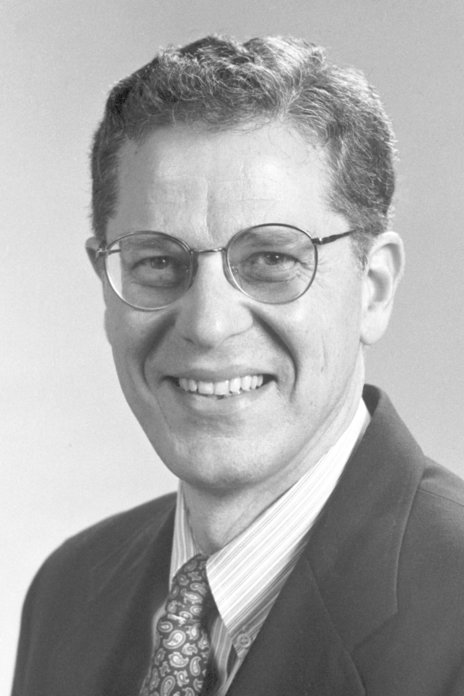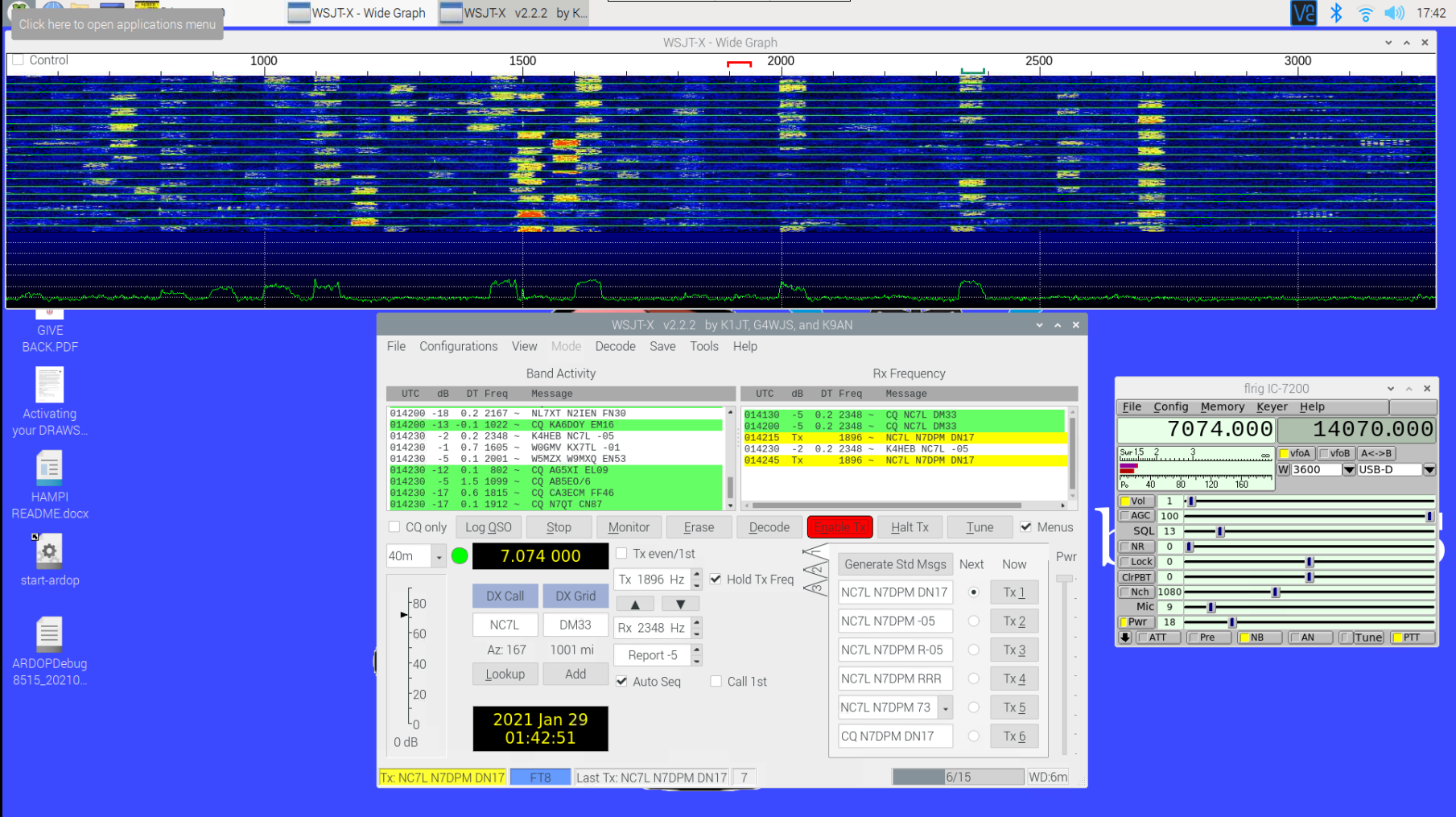
As it is generally practiced, ham radio is a little like going to the grocery store and striking up a conversation with everyone you bump into as you ply the aisles. Except that the grocery store is the size of the planet, and everyone brings their own shopping cart, some of which are highly modified and really expensive. And pretty much every conversation is about said carts, or about the grocery store itself.
With that admittedly iffy analogy in mind, if you’re not the kind of person who would normally strike up a conversation with someone while shopping, you might think that you’d be a poor fit for amateur radio. But just because that’s the way that most people exercise their ham radio privileges doesn’t mean it’s the only way. Exploring a few of the more popular ways to leverage the high-frequency (HF) bands and see what can be done on a limited budget, in terms of both cost of equipment as well as the amount of power used, is the focus of this installment of The $50 Ham. Welcome to the world of microphone-optional ham radio: weak-signal digital modes.
Just a Regular Joe
First things first, let me make it clear that there are a ton of modes available to amateur radio service licensees that don’t require talking into a microphone, going right back to the beginning of radio with continuous wave (CW) modes. Banging out dits and dahs with a straight key is perhaps the original digital mode, if we stretch the meaning of the term just a wee bit from its current modern connotation of transmitting and receiving encoded messages using computers, either built into the radio or attached as a separate component. I’ll use that as my definition of “digital mode” for the purposes of this article.
But even with that stricter definition, there is still a huge ecosystem of digital modes that have cropped up over the history of ham radio; the desire for communications without the need to be a conversationalist goes way back, it seems. But for this article, I’ll be focusing on a couple of modes within the “weak signals” family of modes, mainly because I find them fascinating and incredibly useful, and I get a real kick out of seeing what kinds of contacts are possible using less power than it takes to light up an LED light bulb.
When you get into the weak-signal space, one name keeps popping up: Joe Taylor (K1JT). Joe is a ham based in New Jersey, and when you first start hearing about him, you figure he’s just a, well, regular Joe, an old school ham who has come up with some clever software to make low-power signals easier to pull out of a high-noise environment. And while that’s certainly true, it quickly becomes apparent that Joe is a lot more than that. Joseph Hooton Taylor, Jr. earned his Ph.D. in astronomy from Harvard in 1968. He joined the physics faculty at Princeton in 1980, and has won pretty much every major prize in physics and mathematics, including the Draper Medal, the Wolf Prize, and in 1993, the Nobel Prize in Physics.
The Magic of WSJT-X
For all these lofty achievements, in many ways Joe is very much a “ham’s ham”, and since his retirement in 2006 he has turned his considerable experience in digital signal processing toward an all-encompassing weak-signals package called “WSJT“, for “weak signals, Joe Taylor.” Actually first written in 2001, the program has undergone nearly constant revision and updating by Joe and a cadre of digital-modes enthusiasts, with the latest incarnation, WSJT-X, which implements ten different weak-signal digital modes.

We’ll skip a deep dive into the DSP techniques underpinning WSJT-X — although it’s fascinating stuff and probably worthy of an article all by itself — and suffice it to say that the package implements various multiple frequency-shift keying (MFSK) modulation methods, each of which is optimized to work under different propagation conditions. The ten modes currently implemented cover everything from high-noise ionospheric propagation to tropospheric scatter, with modes that support bouncing signals off meteor ionization trails or even listening to your own signals bouncing off the Moon.
Even though WSJT-X modes are separated into broad “fast” and “slow” categories, by modern networking standards, they’re all pretty slow. Typical bit-rates range from a dozen characters per second to 400 baud or so. The low-throughput nature of these modes is entirely by design; by not attempting to achieve blazing speeds, WSJT-X makes very efficient use of the spectrum. Some modes only need a few hertz of bandwidth, with the tradeoff being that even very short messages can take multiple minutes to transmit.
The mode that I’ve been playing with most lately, FT8, is a relatively recent addition to the WSJT-X suite. FT8 was written by Joe Taylor and Steve Franke (K9AN), hence the “FT” in the moniker. The “8” refers to “8-FSK”, which means that the modulation scheme uses eight different tones spaced 6.25 Hz apart. Each FT8 signal therefore occupies 50 Hz, a huge chunk of bandwidth when compared to other weak-signal modes, but still pretty compact. All that extra bandwidth means that FT8 transmissions can be much shorter than, say, a 30-minute transmission on JT9. That makes FT8 suitable for quick QSOs and contesting, which is sort of the contact sport of amateur radio.
Speed Dating for Hams
While FT8 is fast, the tradeoff is message length. Each FT8 transmission encodes only 75 bits, with a 12-bit cyclic-redundancy check (CRC). That and the rapid turnaround time means that most operators rely on automation built into WSJT-X, as well as standardized messages, to make their FT8 contacts.
Setting up WSJT-X and getting a transceiver ready for FT8 is highly dependent on your computer and your radio. In my case, I built a dedicated Raspberry Pi 4 to run my ham radio operation, using the excellent Ham Pi image by Dave Slotter (W3DJS). I also attempted to use KM4ACK’s equally excellent Build-a-Pi image, but I had trouble getting my Icom IC-7200 transceiver talking to WSJT-X, and rather than devote a lot of time to troubleshooting I just tried the Ham Pi build. Both images have outstanding communities that will help you get spun up, as does WSJT-X, which has a forum where you’ll often see Joe Taylor pop in to answer questions. A community that has a Nobel laureate as a frequent contributor is a strong community indeed.
The video above shows why I call FT8 “the speed dating of ham radio.” The waterfall display at the top shows about 2,500 Hz of passband — the transceiver must be set up to allow as wide a possible band of frequencies through to WSJT-X (tip o’ the hat to Josh KI6NAZ for the help getting that right.) The FT8 algorithm decodes every 50-Hz wide FT8 signal in the passband at once; that along with the fact that each transmission is 15 seconds long followed by 15 seconds idle results in the characteristic checkerboard appearance on the waterfall display.

Decoded messages are displayed in the left window of WSJT-X, with operators generally looking for stations calling CQ. Clicking on an entry in the Band Activity window starts a series of automatic messages, with WSJT-X keying up the transmitter and sending a minimal QSO — basically just the two call signs, a grid square locator, and the received signal strength. It’s important to note that the two sides of the conversation don’t have to be, and in fact shouldn’t be, on the same frequency — the other operator’s copy of WSJT-X will decode the entire passband if it can. Once the acknowledgment of the CQ is received by the other station, the exchange of messages is entirely automatic, until the final 73s are sent and WSJT-X gives both sides a chance to log the QSO.
Since I’ve set up my end-fed half-wave antenna for the HF bands and gotten WSJT-X installed, I’ve made quite a few contacts. Most of them have been in the continental US and Canada, but I did manage to bag Japan on 30 meters last week, which was a treat. The fact that I could do all of this without once picking up the microphone, struggling to think of something to say, is a godsend to me, and the fact that WSJT-X is able to decode signals that are so far down into the noise floor is an intoxicating technical feat. It’s also really nice to sit down for a half-hour or so before dinner and bang out a couple of low-effort QSOs without having to invest too much in the process.
As mentioned, FT8 isn’t the only weak-signal mode that Joe Taylor and his collaborators built into WSJT-X. Next time on The $50 Ham, we’ll look at the equally addictive WSPR mode, and see how you can actually work HF bands for far less than $50, transmitter included.
